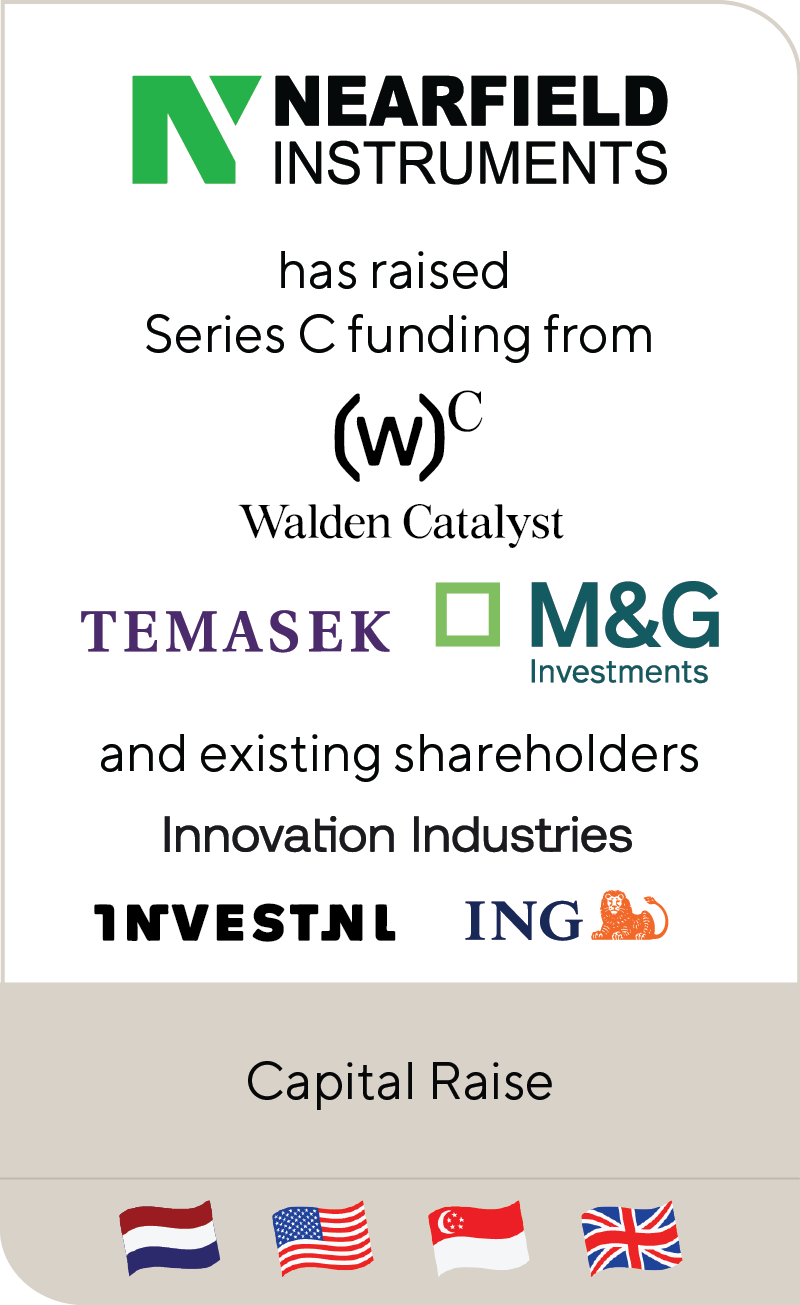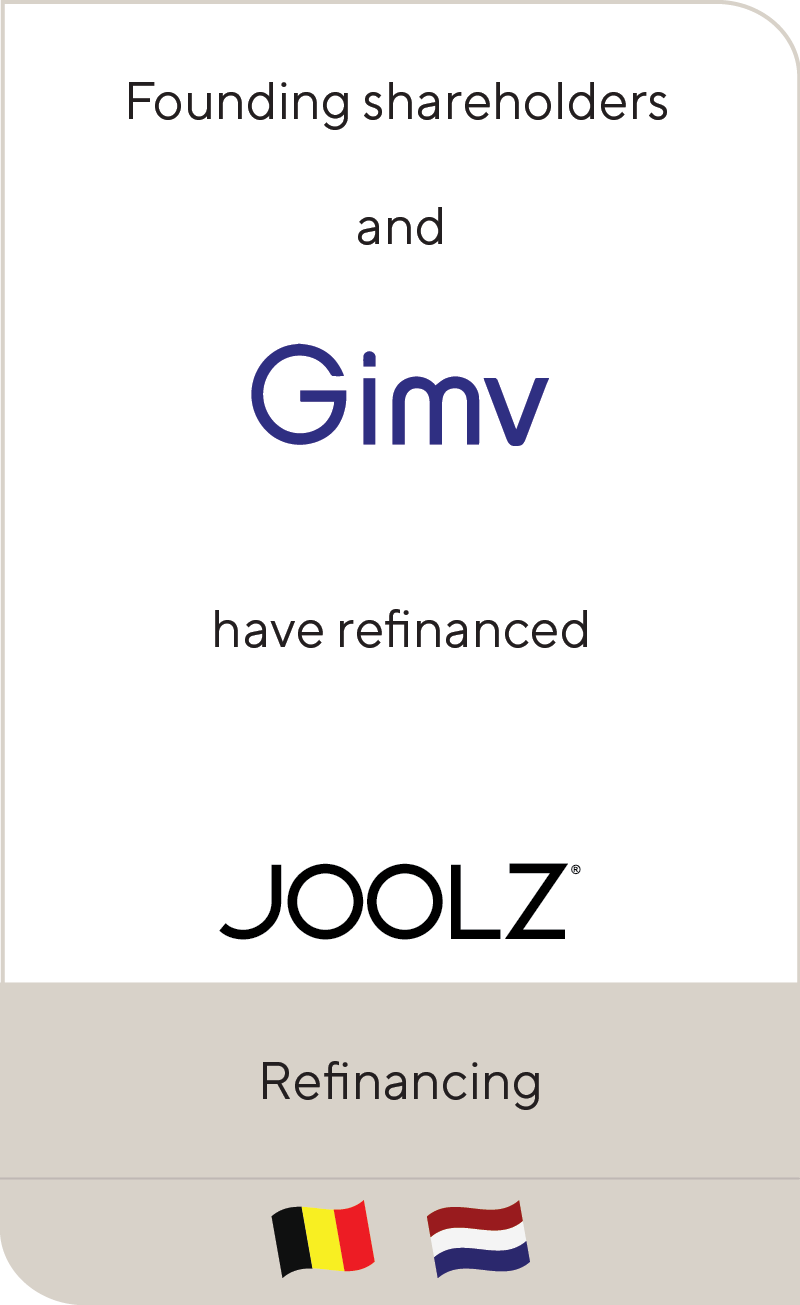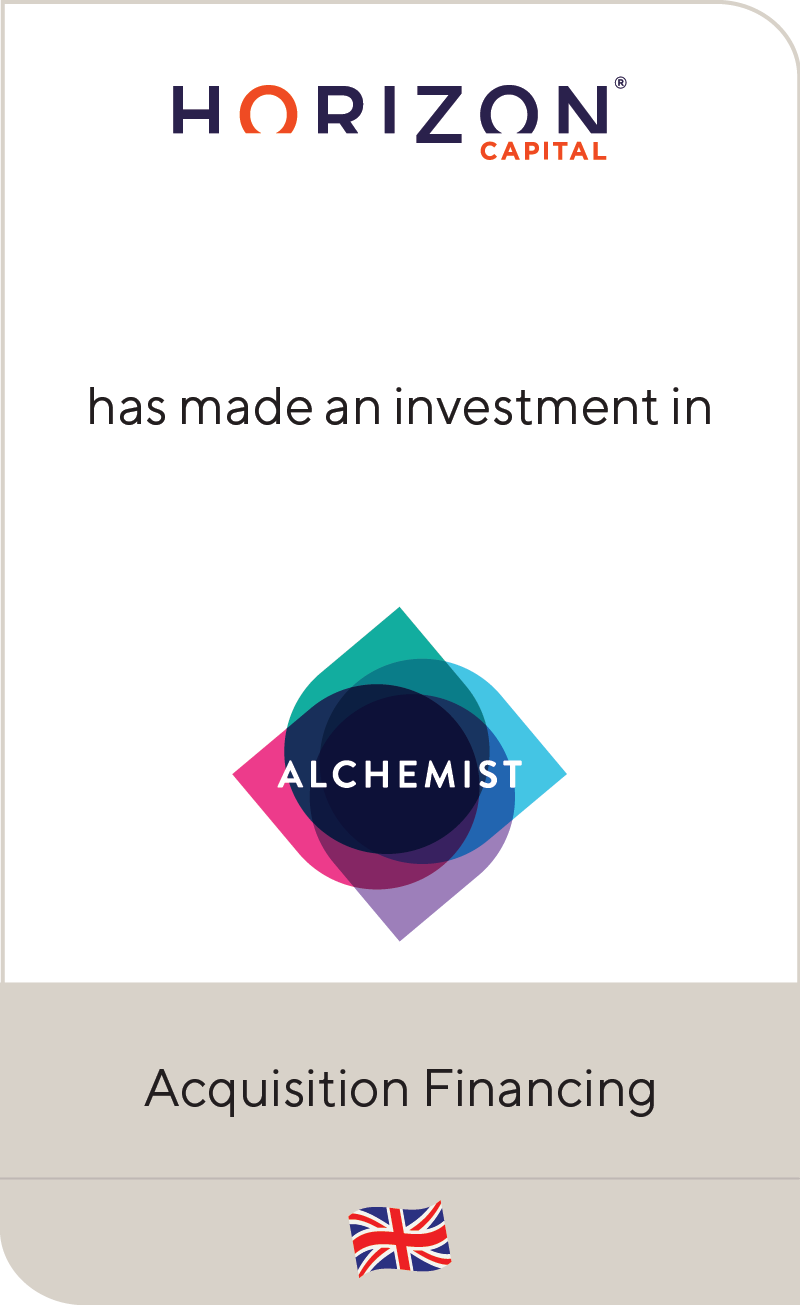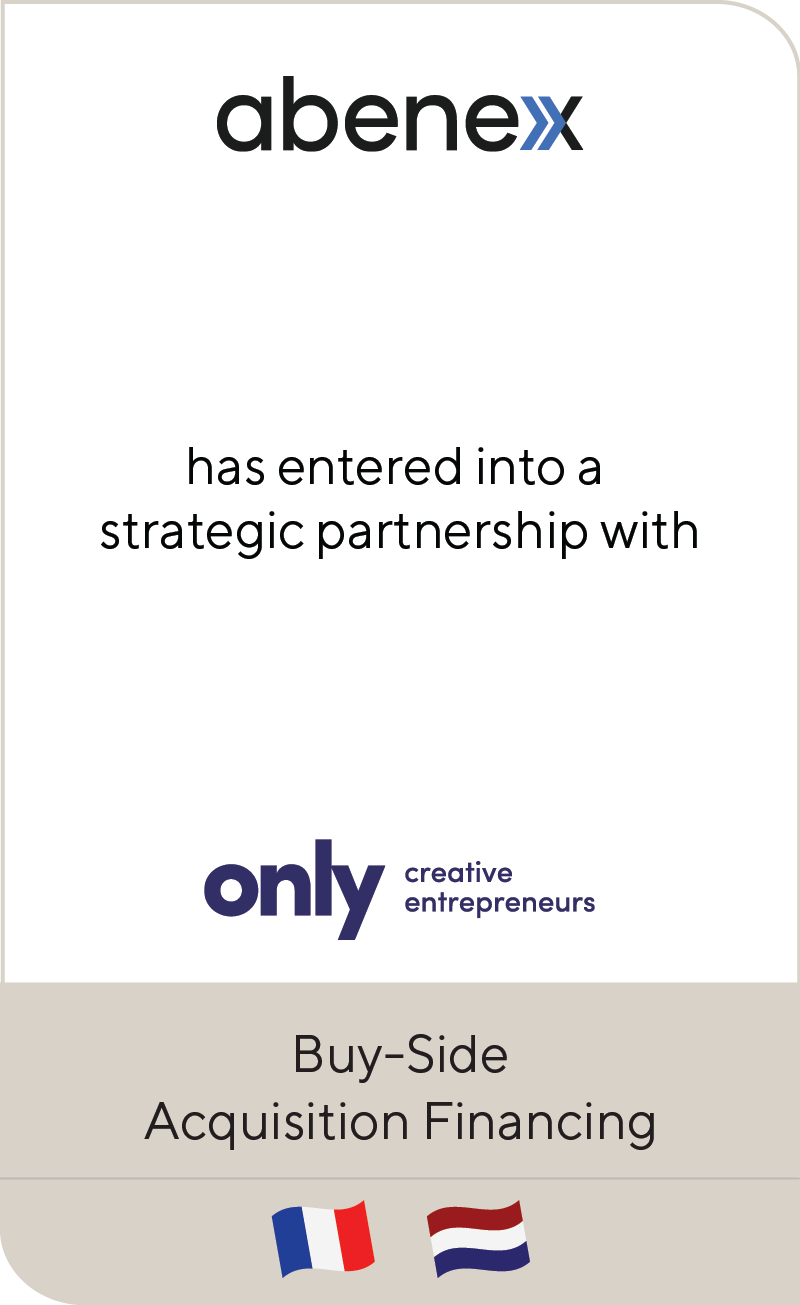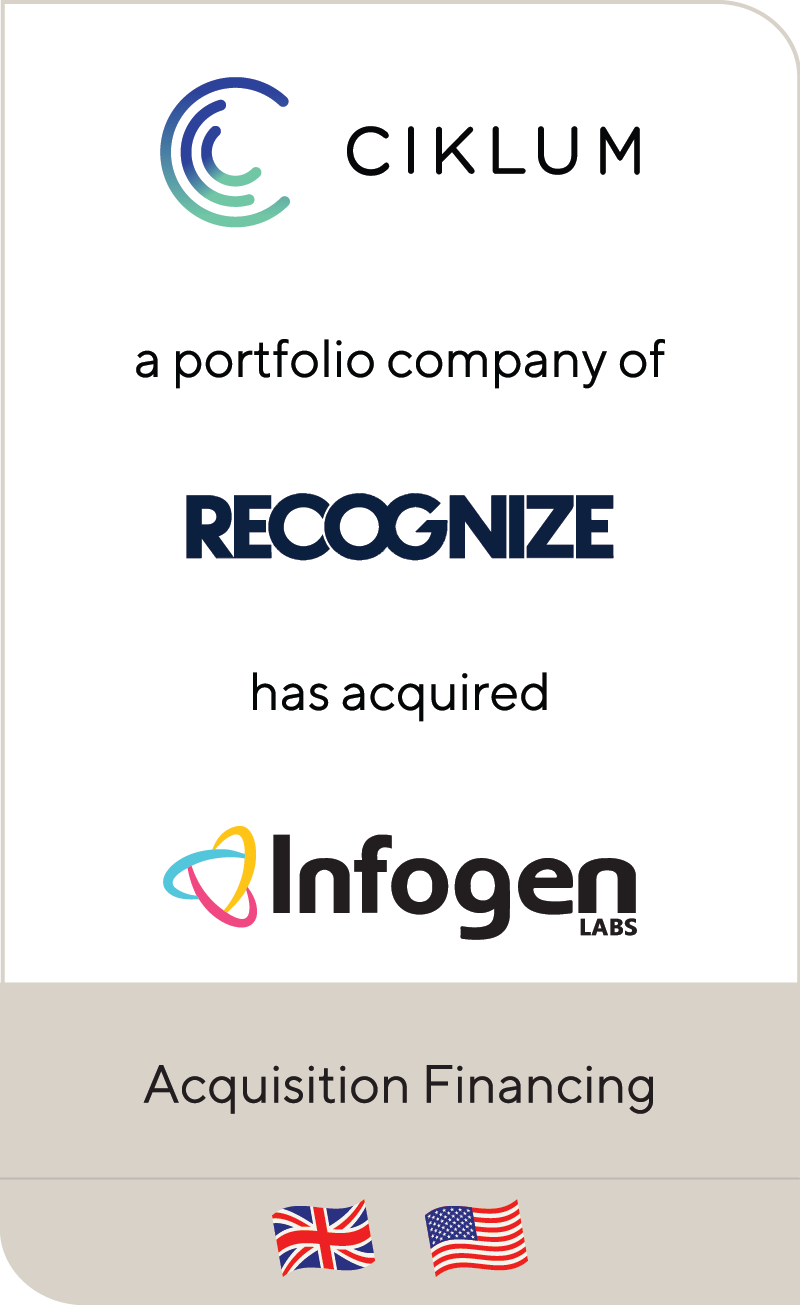Partial Liquidity Alternatives for Private Equity: An Attractive Option to a Full Exit
Nov 2023
| Private equity is facing a challenging operating environment. The convergence of inflation, rising interest rates and a host of other economic challenges have compressed equity values and limited full exits for certain portfolio companies and their general partners.
More specifically, as interest rates have risen by more than 550 basis points in a short period of time, all asset classes have had to adjust rapidly and, as economic theory dictates, values have had to come down in tandem. These economic headwinds—coupled with the complexity of valuing private, often illiquid companies—have made things difficult for both GPs and limited partners. |
Summary
-
Lincoln International offers an overview of partial liquidity alternatives and their benefits.
- Click here to download a printable version of this perspective.
- Sign up to receive Lincoln's perspectives
As a result of the current economic backdrop, PE hold times are lengthening as exits are facing delays. To sidestep the difficult and sometimes subjective valuations of private firms, LPs are leaning heavily on the distributed-to-paid-in capital (DPI) metric. The increasing importance of DPI turns up the heat on GPs, who need to find ways to distribute cash at a time when a full exit would produce sub-optimal returns.
Recognizing this shift, GPs are adapting and leaning into partial liquidity alternatives (PLAs) – strategies designed to provide distributions to LPs when a full sale is not a favored option.
The largest PE funds are effectively using PLAs to accelerate their DPI, but the middle market has been slower to adopt them. That said, it will only be a matter of time before most middle-market sponsors adopt PLAs as an alternative to a sale.
The Era Of Partial Liquidity
PLAs not only address the immediate liquidity requirements of LPs, but also empower sponsors to retain ownership and stewardship of the businesses in the portfolio. This dual advantage ensures they can continue to carve out value for LPs.
The suite of PLAs is expansive and can include:
- Traditional Debt Recapitalizations with Senior or Unitranche Lenders: As in the past, the market is open again for dividend recapitalization where companies can re-lever their balance sheet to return capital to LPs
- Recapitalizations with Structured Products: These transactions dive deeper into the capital structure, leveraging instruments like structured junior debt, holding company payment-in-kind notes, or even passive variants of structured preferred equity
- Minority Equity Recaps: By using structured preferred equity and going even deeper into the capital stack, sponsors retain control, yet can find institutional partners that can be value-added at a board level, contribute more capital towards growth initiatives and help drive overall strategy
- Co-control Transactions: This is the “bookend” of the spectrum of options at a company level, allowing sponsors to share value creation and governance with another PE firm, resulting in the largest potential distribution to LPs yet allowing the PE group to continue to enhance overall returns
- New Co-investment Capital: A method to usher in new LP capital by inviting external investors to co-invest, offering them a slice of the investment pie and return capital to the older, initial LPs
- Continuation Vehicles: A strategy that has GPs transferring assets from an older fund to a new one, extending the timeline for assets to mature
- Net Asset Value Loans at Fund Level: Leveraging the collective value of a fund’s portfolio as collateral, an avenue to achieve liquidity without premature exits
PLAs in Middle Market Gain Traction
Given that the largest PE firms have begun to embrace PLAs and their obvious benefits, why have a larger swath of GPs been slower to adopt these vehicles?
Not surprisingly, it is all about money and ownership: PLAs tend to be viewed as expensive and dilutive, yet GPs are making these comparisons to the “old” cost of capital when money was “free”, and some GPs have not yet fully adjusted to the new 5.50+% Feds Fund benchmark.
Notwithstanding the cost of PLAs, future fund performance will be judged based on DPI in addition to internal rate of return and multiple on invested capital. The rising primacy of DPI as a fund performance metric has made PLAs another way – and a necessary way – for GPs to increase distributions to investors, while still maintaining control of their investments and having a chance to experience their long-term upside.
GPs who choose to ignore this alternative and wait for traditional exit channels to fully open may find it more difficult to raise capital for their next fund, as DPI has become a key checklist item for investors in PE funds of all sizes.
Decision Time for Middle Market PE
GPs have a major decision to make with PLAs.
Yes, PLAs cost more than traditional exits. Also, according to my grandfather, hamburgers used to cost a nickel. In both cases, it does no good to remain focused on the past.
Adopting PLAs is more than staying in line with industry trends; it is about fostering trust, providing clear metrics for investors and ensuring that firms stay agile and liquid in an uncertain economic environment.
The market seems to agree; capital formation around these products has grown quickly and shows that the broader industry understands the need for PLAs and their value.
The bottom line is that, when outright sales are not an option, PLAs can help sponsors obtain some much-needed breathing room while offering investors increased transparency and confidence.
Learn More
If you would like to learn more about PLAs and whether your portfolio companies are well-positioned to access alternative forms of capital, please contact a member of our capital solutions team (listed below), which is supported by our Capital Advisory, Private Funds Advisory and Valuations and Opinions Groups.
Meet Professionals with Complementary Expertise

By linking my experience in debt advisory and mergers and acquisitions, I look forward to delivering flexible and innovative financing solutions to make an impact that matters with long-term target clients, as Lincoln does best.
Daniele Candiani
Managing Director & European Co-head of Capital Advisory
Milan
I am inspired by the opportunity and privilege to work alongside passionate and focused people, helping them achieve their goals and ultimately push beyond the edge of possible.
Stephen Carre
Managing Director & U.S. Co-head of Private Funds Advisory
New York
I build trust with clients by putting their interests first at all times.
Aude Doyen
Managing Director & European Co-head of Capital Advisory
London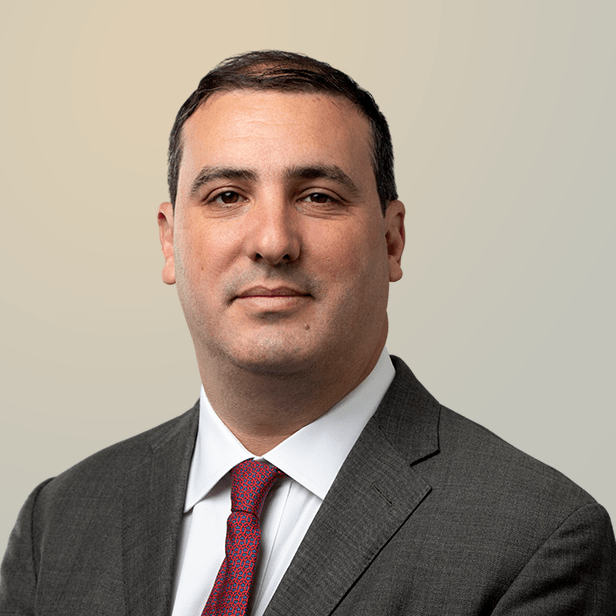
I look beyond the capital to cultivate investment paths that lead to sustainable growth and enduring success.
Jonathan Graham
Managing Director & European Head of Private Funds Advisory
London
I take an active role in every stage of the transaction process in order to achieve the goals of my clients.
Iván Marina
Managing Director | CEO Spain
MadridRelated Perspectives

Real Deals | Roundtable: Mid-Market Debt Open for Business
Originally posted by Real Deals on July 17, 2024. Dividend recaps are being considered as an interim solution to deliver capital to limited partners due to fewer exits and improving… Read More

BeBeez | Megadeal, Is the Train Starting Again?
Originally posted by BeBeez on July 1, 2024. Increased stabilization of rates and decreased debt market volatility have led to a series of high-yield bonds being issued in Europe. Refinancing… Read More

Silent Defaults in Private Credit: The Unspoken Struggle
A meaningful percentage of borrowers are facing challenges as base rates remain stubbornly high for longer. While companies are demonstrating consistent performance, many are experiencing liquidity constraints. Despite private credit… Read More

Lincoln International expands Private Funds Advisory Group into Europe
Jonathan Graham appointed as Managing Director to lead efforts from London Lincoln International, a global investment banking advisory firm, announced that it has expanded its Private Funds Advisory (PFA) capabilities into… Read More









